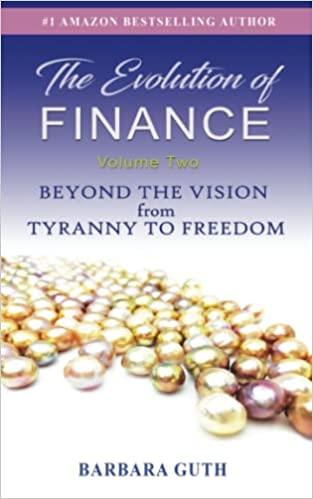Answered step by step
Verified Expert Solution
Question
1 Approved Answer
FIN - 4 5 5 . Understanding Financial Statements 1 . Consider the assets on Company's balance sheet and answer the following questions: a .
FIN Understanding Financial Statements
Consider the assets on Company's balance sheet and answer the following questions:
a Which assets are likely to be assessed closest to market value? Explain.
b Finds Companys net fixed assets. Can you estimate how much Company paid for these assets? Is
there any way to know the age of these assets?
c Compare Companys investment in current assets and fixed assets. Which one is greater? Is there
significant difference? Explain.
d Find out any major operating investment or restructuring the company has made in the past. What
impact this has had in Companys balance sheet? You might want to compare Companys current
balance sheet to its balance sheet before the restructuring.
Examine the liabilities on Company's balance sheet.
a How much interestbearing debt does Company have outstanding? Check what other liabilities
represent.
b How much did Company obtain in equity capital when it issued stock originally to the financial
markets?
c Compare the retained earnings to the original paidin capital. Is there any significance if the
retained earnings amount is much largersmaller than the original paidin capital?
d What is the market value of Company's equity? What is the book value of equity in Company?
Why is there such a large difference between the market value of equity and the book value of
equity?
Normally, any Company's most valuable asset is its brand name. Is this true for your Company?
Where in the balance sheet do you see its value? Is there any way to adjust the balance sheet to
reflect the value of this asset?
Assume that you have been asked to analyze Company's working capital management.
a Estimate the net working capital and noncash working capital for Company.
b Estimate the firm's current ratio.
c Estimate the firm's quick ratio.
d Would you draw any conclusions about the riskiness of Company as a firm by looking at these
numbers? Why or why not?
The following questions relate to Company's income statements.
How much operating income did Company earn, before taxes in the most recent year? How does
this compare to how much Company earned in previous year? What are the reasons for the
difference?
What is the biggest expense item for the Company? Check what makes up the selling, generals and
administrative G&A expenses.
What effective tax rate did Company have in the most recent year? How does it compare with
what the company paid in previous year as an effective tax rate? What might account for the
difference?
FIN Understanding Financial Statements
You have been asked to assess the profitability of Company as a firm. To that end, estimate the
pretax operating and net margins in last two years for the firm. Are there any conclusions you would
draw from the comparisons across the two years?
Find the book value of equity at Company and the book value of interestbearing debt.
Estimate:
a The return on equity beginning of the year in the current year.
b The pretax return on capital beginning of the year in the current year.
c The aftertax return on capital beginning of the year in the current year, using the effective tax
rate in the current year.
Step by Step Solution
There are 3 Steps involved in it
Step: 1

Get Instant Access to Expert-Tailored Solutions
See step-by-step solutions with expert insights and AI powered tools for academic success
Step: 2

Step: 3

Ace Your Homework with AI
Get the answers you need in no time with our AI-driven, step-by-step assistance
Get Started


